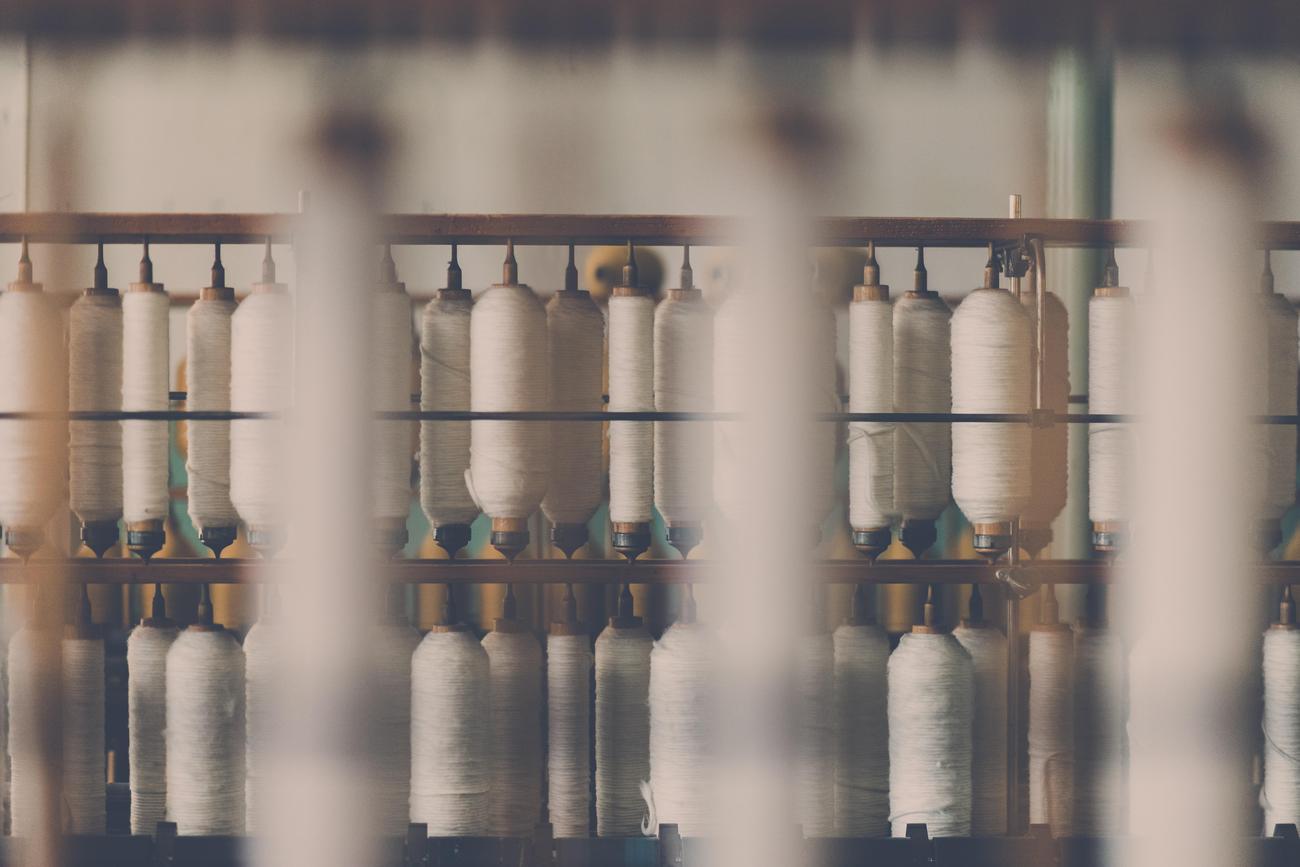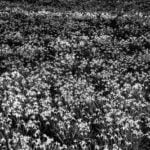Agricultural practices have long been a topic of interest, but none more so than the methods used in cotton production. With a focus on sustainability and a deep understanding of the challenges faced by cotton farmers, this article aims to unveil a revolution in cotton production methods. As an experienced agricultural journalist and researcher, I have explored the intricacies of this industry and unearthed innovative and eco-friendly techniques that are set to transform the way cotton is grown. Join me on this enlightening journey into the world of sustainable cotton production, and discover the methods that are shaping the future of this vital industry.

Cotton Production Methods
Cotton production methods have come a long way, evolving to meet the demands of sustainable farming practices. With a focus on minimizing environmental impact and optimizing yields, innovative techniques have revolutionized the way cotton is cultivated and processed. Let’s take a closer look at some of these methods and the positive changes they bring to the cotton industry.
Mechanical Cleaning: Removing Impurities
Before the cotton can undergo further processing, it goes through a crucial step called mechanical cleaning. This process eliminates impurities, such as unwanted seeds, stems, and leaves, ensuring a higher-quality final product. By utilizing advanced machinery and technology, cotton producers can efficiently and effectively clean the raw material, laying the foundation for a more sustainable production chain.
Quote: “Mechanical cleaning removes impurities from the cotton, paving the way for a cleaner and higher-quality final product.”
Scouring: Ensuring Clean Fabric
Once the cotton is cleaned mechanically, it undergoes the scouring process. Scouring involves thoroughly cleaning the fabric, removing any remaining impurities and contaminants that may affect the quality of the final product. Through the use of warm water and detergent, cotton fibers are purified, ensuring they are ready for further processing steps.
Quote: “Scouring plays a crucial role in ensuring the cotton fabric is clean and ready for its journey through the production process.”
Fiber Finishing for Enhanced Quality
To enhance the quality and properties of cotton fibers, the process of fiber finishing is employed. This step involves treating the fibers with various chemicals or enzymes to improve their strength, softness, and resistance to wrinkles. By optimizing the fiber properties, cotton producers can create fabrics that are more durable and comfortable for consumers.
Quote: “Fiber finishing elevates the quality of cotton fibers, resulting in fabrics that are not only visually appealing but also durable and comfortable.”
Optimizing Cotton Production with Technology
The advancement of technology has played a significant role in optimizing cotton production methods. Techniques such as GPS, GIS, and remote sensing have provided farmers with valuable tools to enhance their agricultural practices. By tracking soil attributes, moisture levels, and crop health, farmers can make informed decisions regarding the optimal use of agricultural inputs. This technology-driven approach maximizes yields while minimizing the environmental impact of cotton production.
Quote: “By utilizing technology like GPS and remote sensing, cotton farmers can optimize their inputs, leading to improved production efficiency and reduced environmental impact.”
Sustainable Soil Preparation and Management
Proper soil preparation and management are vital for successful cotton cultivation. Techniques such as plowing, harrowing, and drip irrigation ensure that the soil is adequately prepared, providing an optimal growing environment for cotton plants. Drip irrigation, in particular, minimizes water waste by delivering water directly to the plants’ root zones, reducing the overall impact on water resources.
Quote: “Efficient soil preparation and management techniques like drip irrigation play a crucial role in sustainable cotton cultivation, minimizing water waste and maximizing crop yields.”
Adopting Advanced Technology in Cotton Harvesting
The adoption of advanced technology and management practices has brought significant improvements to cotton harvesting. By integrating precision agriculture techniques, farmers can optimize the timing of harvest, minimize labor requirements, reduce waste, and ultimately improve yields. This technology-driven approach enables cotton farmers to achieve higher productivity while conserving resources.
Quote: “Advanced technology and management practices in cotton harvesting offer farmers the opportunity to maximize yields while minimizing labor requirements and waste.”
Diversifying Cotton Varieties for Specific Uses
Different varieties of cotton, such as Egyptian, Asian, Central American, and South American, possess unique qualities and are cultivated for specific uses. These diverse varieties allow for a wide range of applications, including clothing, home textiles, medical supplies, and industrial materials. By embracing the diversity of cotton varieties, farmers can cater to specific market demands and utilize the full potential of this versatile crop.
Quote: “The wide range of cotton varieties available opens up a world of possibilities, with each variety serving different purposes and meeting specific market demands.”
Cotton production methods have evolved over time, embracing sustainable and innovative practices. From the mechanical cleaning of raw cotton to the utilization of advanced technology in harvesting, these methods enhance both the quality of the final product and the overall efficiency of production processes. By incorporating sustainable methods, cotton producers can revolutionize the industry, ensuring a more eco-friendly and socially responsible approach to cotton cultivation.
Quote: “Through the adoption of sustainable methods, cotton production is undergoing a transformation, paving the way for a greener and more sustainable future.”
If you’re curious about cottonmouths and want to learn something fascinating, then you’ll definitely want to check out these 3 facts about cottonmouths! From their venomous bite to their unique ability to swim, cottonmouths have some truly captivating traits. So, why not click on this link and delve into the world of these intriguing snakes: 3 facts about cottonmouths. Once you start reading, you won’t be able to look away!

FAQ
Question 1
What are the initial steps in cotton production?
Answer 1
Cotton production begins with mechanical cleaning to remove impurities. This is followed by scouring, which ensures the fabric is clean and ready for further processing. Purifying involves soaking the raw cotton in warm water and detergent to remove impurities.
Question 2
How is the quality of cotton fibers enhanced?
Answer 2
Fiber finishing is a process that enhances the quality and properties of the cotton fibers. This step ensures that the cotton fibers meet the desired standards for use in various applications.
Question 3
What are the final steps in the cotton processing process?
Answer 3
The final steps in the cotton processing process are opening and drying. After undergoing previous steps, the cotton is opened to separate the fibers and then dried before further processing.
Question 4
How is cotton harvested and prepared for production?
Answer 4
Cotton is harvested by hand-picking it from cotton bolls. The cotton fibers are then separated from the seeds and rolled into balls. These prepared cotton bolls are later spun into threads and woven into cloth.
Question 5
What factors can optimize cotton production?
Answer 5
The use of technology, such as GPS, GIS, and remote sensing, can optimize cotton production by enabling the optimization of agricultural inputs. Additionally, proper soil preparation and management, including plowing, harrowing, and drip irrigation, are crucial for cotton cultivation. Advanced technology and management practices in cotton harvesting also contribute to optimizing yields.
- Unlock Filipino Culture: A Deep Dive into Traditions and Practices - April 23, 2025
- Unlock Spanish Culture: Insights & Opportunities Now - April 23, 2025
- White Spirit Uses & Substitutes: A Deep Dive for Pros & DIYers - April 23, 2025
















